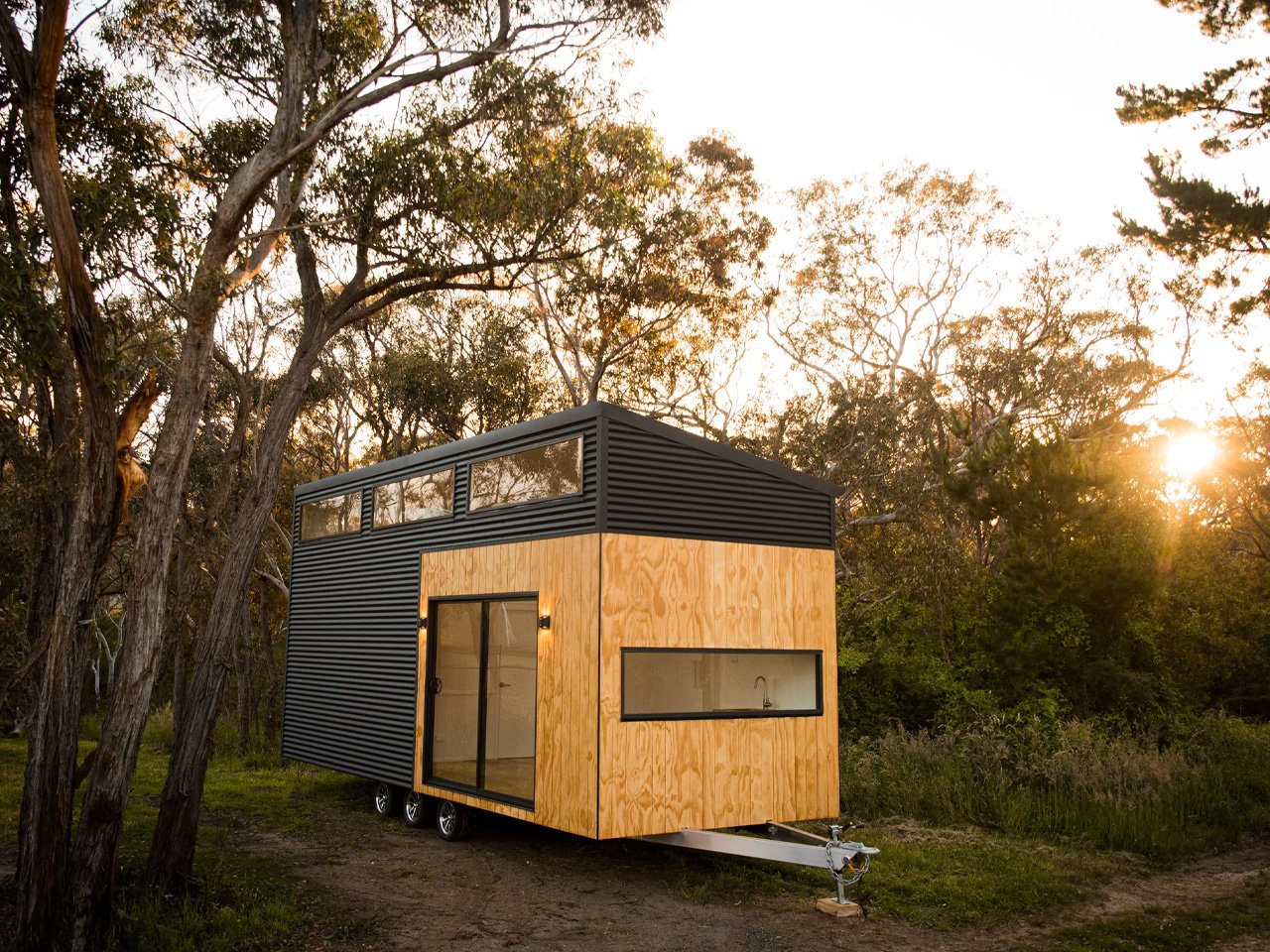
In the rapidly evolving world of app development, achieving both and is critical. This Replit Vibe Coding Workflow by AI Labs introduces a no-code, modular approach that integrates innovative tools such as Replit, Claude AI, Windsurf, and Cursor. This workflow is designed to simplify the development process while maintaining flexibility, responsiveness, and scalability.
By using these technologies, you can focus on building robust applications without being bogged down by unnecessary complexity. Replit serves as the cornerstone for front-end development within this workflow. By incorporating tools like , it enables the creation of responsive and visually appealing user interfaces.

This separation of front-end design from backend development ensures cleaner workflows, reduces complexity, and minimizes the challenges of managing multiple components. The Replit Vibe Coding Workflow offers a no-code, modular approach to app development, integrating tools like Replit, Claude AI, Windsurf, and Cursor for efficiency and scalability. Replit simplifies front-end design with tools like , allowing responsive, reusable components that enhance user experience and accessibility.
AI tools like Claude AI and Super Whisper streamline planning and brainstorming, making sure structured workflows and reducing manual effort. Backend integration is optimized with Windsurf and Cursor, using FastAPI for seamless API connectivity and robust debugging tools like Cascade. Scalable database solutions, such as Supabase and Postgres, ensure applications can handle growing user demands while maintaining flexibility and performance.
ShadCN’s modular design capabilities allow you to define , making sure consistency across your application while reducing the likelihood of errors. These reusable components not only streamline the development process but also enhance the maintainability of your codebase. Furthermore, the emphasis on responsive UI design ensures that your application adapts seamlessly to various devices and screen sizes, improving the overall user experience.
This approach aligns with modern accessibility standards, broadening your app’s reach to a diverse audience. Effective planning is a fundamental aspect of successful app development, and AI tools like play a pivotal role in this workflow. Claude excels at generating structured prompts and brainstorming ideas, helping you define critical elements such as pages, modals, and the front-end tech stack.
This structured approach ensures that your application remains scalable and adaptable to future requirements, avoiding the pitfalls of creating closed systems. Voice transcription tools like further enhance efficiency by allowing you to create prompts and interact with AI tools through voice commands. This eliminates the need for manual typing, allowing you to focus on higher-level tasks such as refining your app’s architecture or addressing user needs.
By integrating AI-powered tools into your workflow, you can streamline the planning process and ensure a more efficient development cycle. Below are more guides on Vibe Coding from our extensive range of articles. Once the front end is generated, backend integration becomes the next critical step.
Tools like and simplify this process by using FastAPI for seamless API integration. Replit’s exposed API endpoints provide clear documentation, making sure compatibility between front-end and backend components. Windsurf’s debugging tools, such as , play a crucial role in identifying and resolving issues quickly.
These tools enhance the development process by providing real-time insights into your application’s performance. Features like further optimize backend operations, reducing latency and improving overall performance. Together, these tools ensure that your application remains robust, responsive, and capable of handling varying workloads.
Scalability is a key consideration in app development, and database integration is essential for achieving it. Tools like and offer reliable, scalable database solutions that can handle increasing data demands. By integrating these databases into your workflow, you can ensure that your application scales seamlessly as user demand grows.
The modular design approach advocated in this workflow further supports scalability. This approach allows you to add or modify components without disrupting the overall system. Such flexibility is crucial for adapting to evolving user needs and technological advancements.
By combining scalable database solutions with a modular design philosophy, you can future-proof your application and ensure its long-term success. The Replit Vibe Coding Workflow demonstrates how combining AI tools, modular design principles, and structured planning can simplify app development while maintaining scalability and functionality. Here are the key insights to consider: Structured planning with tools like Claude AI ensures scalability and prevents the creation of closed systems.
Responsive UI design and reusable components, enabled by tools like Shad CN, enhance user experience and reduce errors. Voice transcription tools such as Super Whisper streamline interactions with AI tools, saving time and effort. Backend integration with Windsurf and Cursor ensures seamless API connectivity and robust performance.
Scalable database solutions like Supabase and Postgres support growing applications and evolving user demands. By adopting the Replit Vibe Coding Workflow, you can create functional, scalable applications with minimal complexity. This workflow uses the strengths of AI tools, modular design, and modern development practices to streamline the app development process.
With these tools and strategies at your disposal, you can build adaptable, high-performing applications that meet the demands of today’s dynamic digital landscape. Media Credit:.














